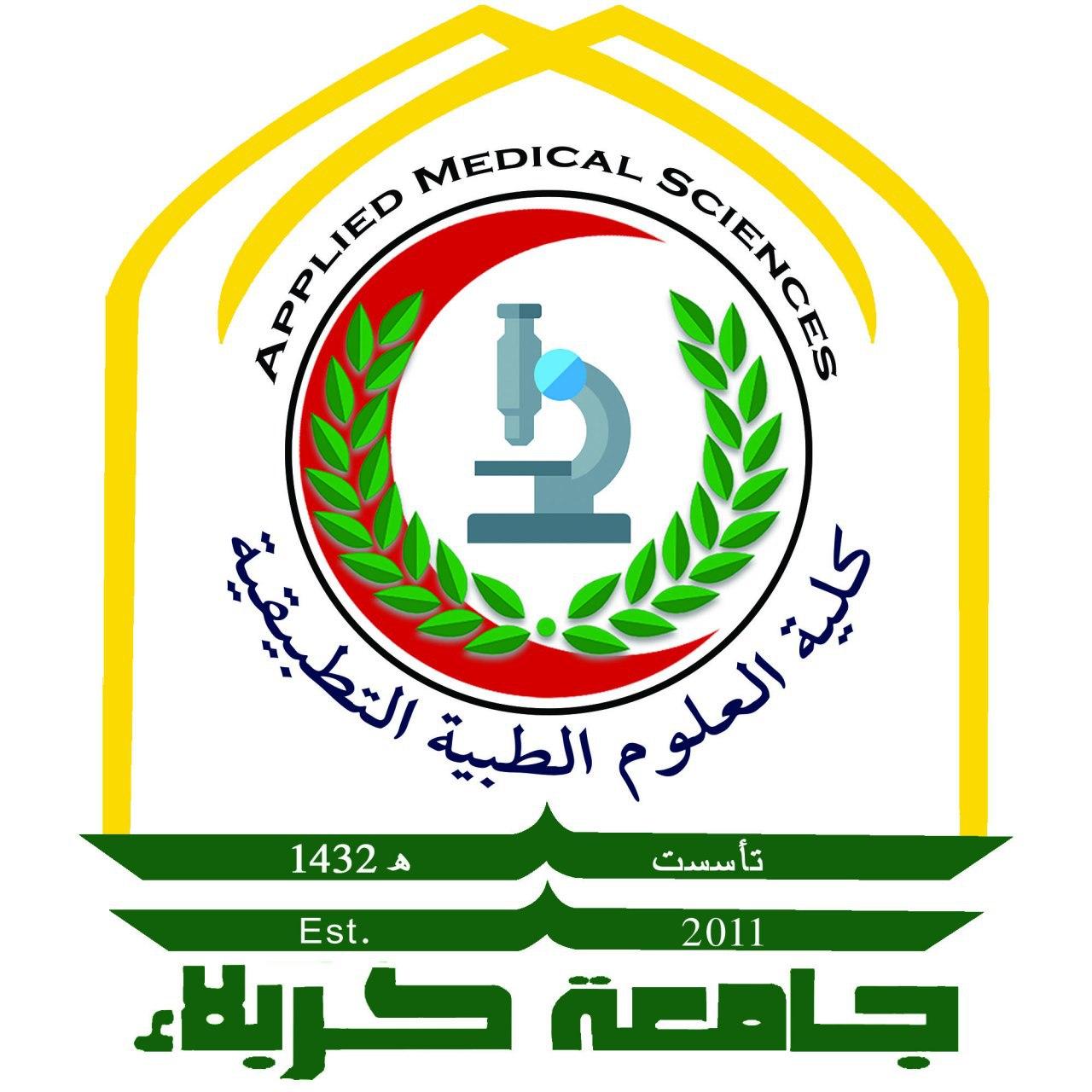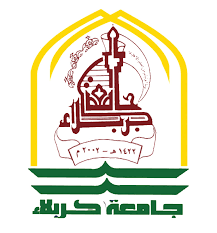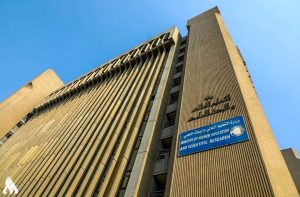Snapshot of the genetic diversity of Mycobacterium
tuberculosis isolates in Iraq
A B S T R A C T
This study explored the genetic diversity of Mycobacterium tuberculosis isolates in Iraq by
spoligotyping and 15-locus-based mycobacterial interspersed repetitive unit-variable number
tandem repeat (MIRU-VNTR) methods. Initially, 270 isolates from 134 patients were collected
and then 134 non-duplicating isolates (1 isolate/patient) were subjected to the study
analyses, 70 isolates were found to be multidrug resistant (MDR) upon testing by proportion
method on Lo¨wenstein–Jensen medium.
Spoligotyping yielded 39 patterns; 111/134 (82.2%) isolates being grouped in 16 clusters vs.
23/134 (17.2%) isolates being unique. SIT1144/T1 represented the largest cluster (n = 20,
14.9%), followed by SIT25/CAS1_Delhi (n = 19, 14.2), SIT22/CAS1_Delhi (n = 12, 9%); the other
clusters ranged from 2 to 8 isolates. The SIT1144 is not reported in neighboring countries
and only 4 isolates were reported worldwide (2 in USA, 1 in Venezuela, and 1 in Greece).
This study reported 4 isolates belonging to SIT41/Turkey family, and thus it seems that this
family is not exclusive to Turkey as previously thought. CAS lineage was predominant in
this study (42.5%), followed by ill-defined T (29.9%)





























































